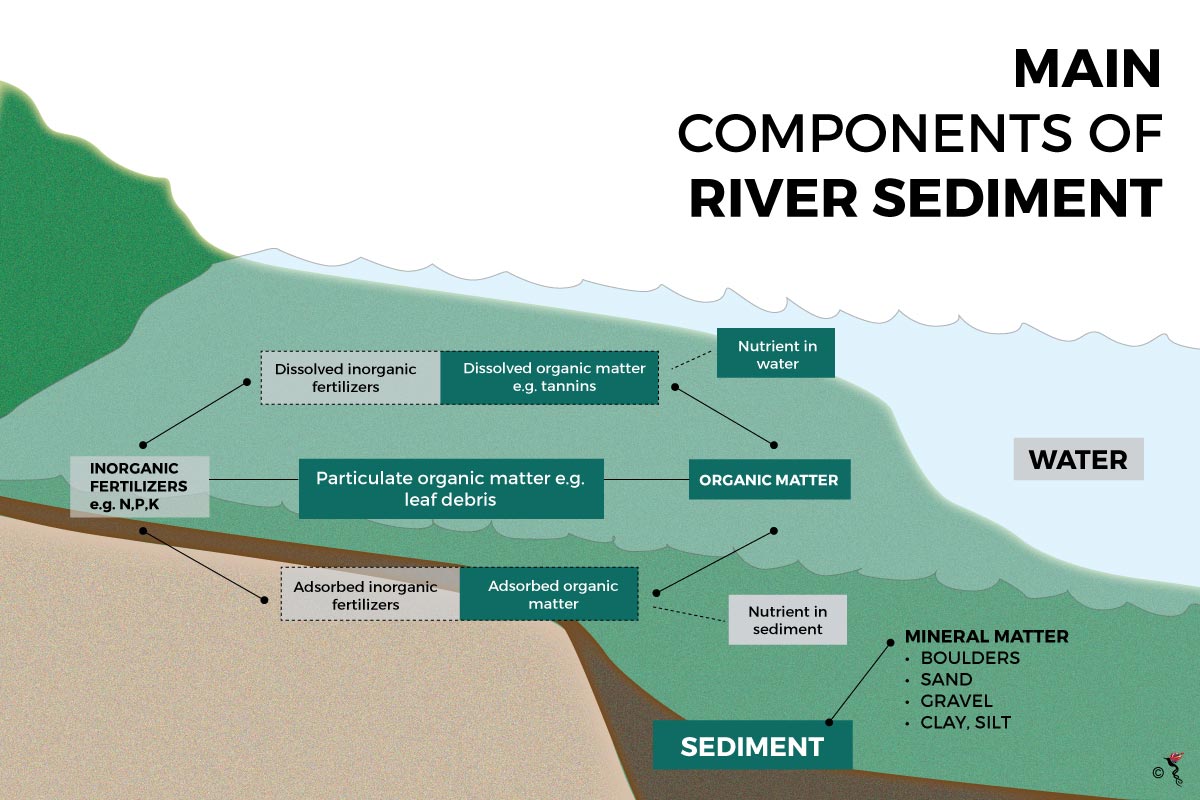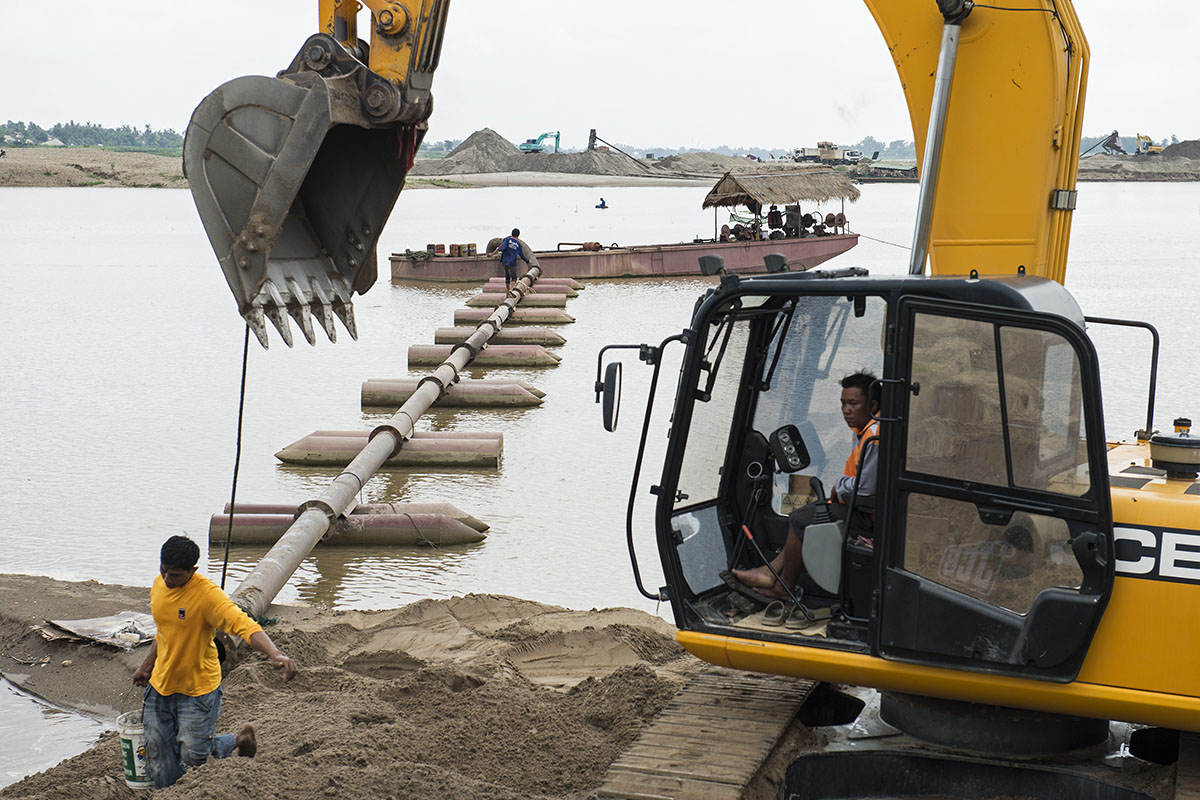Just like the Nile in Egypt and the Yangtze in China, the Mekong river plays just as big a role in the Southeast Asian region unifying six different countries throughout. It is also no surprise that the region is experiencing rapid economic growth and one main reason is due to the Mekong river itself. Infrastructure development in the past years, if not decades, has led to several socio-economic benefits and poverty reduction throughout the local communities.
However, there are long-term downstream impacts of changes in sediment flows in the river that are still poorly understood. A recent study by Stockholm Environment Institute (SEI) entitled ‘Case study on sediment in the Mekong River Basin: Current state and future trends’, states that mainstream and infrastructure development, riverbed mining, land use change and climate change are the main factors leading to a drastic reduction in sediment loads in the mainstream Mekong River.
This is worrying because the degree of sediment load reduction is considered faster and larger than had been estimated in previous studies.
The importance of sediment flow in the Mekong
The Mekong river carries massive loads of sediment and nutrients from upstream to downstream and across national borders (from the Lancang river down to the Mekong Delta in Vietnam), replenishing and enriching the land as it goes. This process is important to maintain the ecological integrity of the river and surrounding landscapes.
Apart from that, sediments and attached organic matter are essential for fish, plant, and soil nutrition across the wider Mekong Basin. The silt enriches and replenishes the entire basin, and performs critical ecosystem services for agriculture, fisheries, water-based plants and animals, and water quality, and in turn supports the economies of the basin countries.

Source: 'Case study on sediment in the Mekong River Basin: Current state and future trends.'
“The potential environmental and socio-economic impacts of altered sediment flows in the Mekong River could have significant implications for the Mekong Basin’s aquatic ecosystems, agriculture, fisheries, and wildlife, and affect the livelihoods and economies of millions of people in the Mekong Basin and beyond. Enhanced collaboration among key actors at the national and regional levels for sustainable sediment management is strongly recommended,” said Dr. Thanapon Piman, SEI researcher and the lead author of the report.
Effects
If all the dams proposed for the Lower Mekong Basin are developed, including the planned or ongoing 11 mainstream dams, it could prevent up to 94% of the river’s sediment load from being transported further downstream.
The decrease of sediment flow to downstream areas will definitely have implications for the stability of the Mekong Delta and this will lead to the loss of nutrients which are of necessity to the basin’s fisheries. The reduction will also result in the deficiency of soil fertility in the floodplains along the basin. This would specifically affect Cambodia’s Tonle Sap and Vietnam’s Mekong Delta.
The Tonle Sap is a 2600 square kilometer lake with a 12,876 square kilometer floodplain during the wet season. According to the report “it is the single most productive floodplain wetland in the Mekong Basin, which provides a critical spawning and rearing habitat for one of the largest freshwater capture fisheries on the planet.” Decreases in suspended sediment concentrations pose a serious risk to nutrient balance in the lake, and therefore to the system’s productivity.
Moreover, these developments have an impact on poor rural populations throughout the entire basin whose livelihoods depend on the river for irrigation, soil fertilization, fisheries or water-related natural products.
Recommendations
In order to halt the exacerbation of this situations, the report suggests a few steps to be taken by various bodies at all ranks. This includes suggestions for sediment monitoring systems to be improved at both national and regional levels. Other than that, regional standards and safeguards on transboundary sediment issues and institutional arrangements should be developed as well.
The Lancang-Mekong Countries have also been asserted to collaborate to ensure sustainable sediment management, sharing of data and joint researches through existing mechanisms such as the Mekong River Commission and Lancang-Mekong Cooperation, with support from the surrounding communities and research agencies.
Recommended stories:
